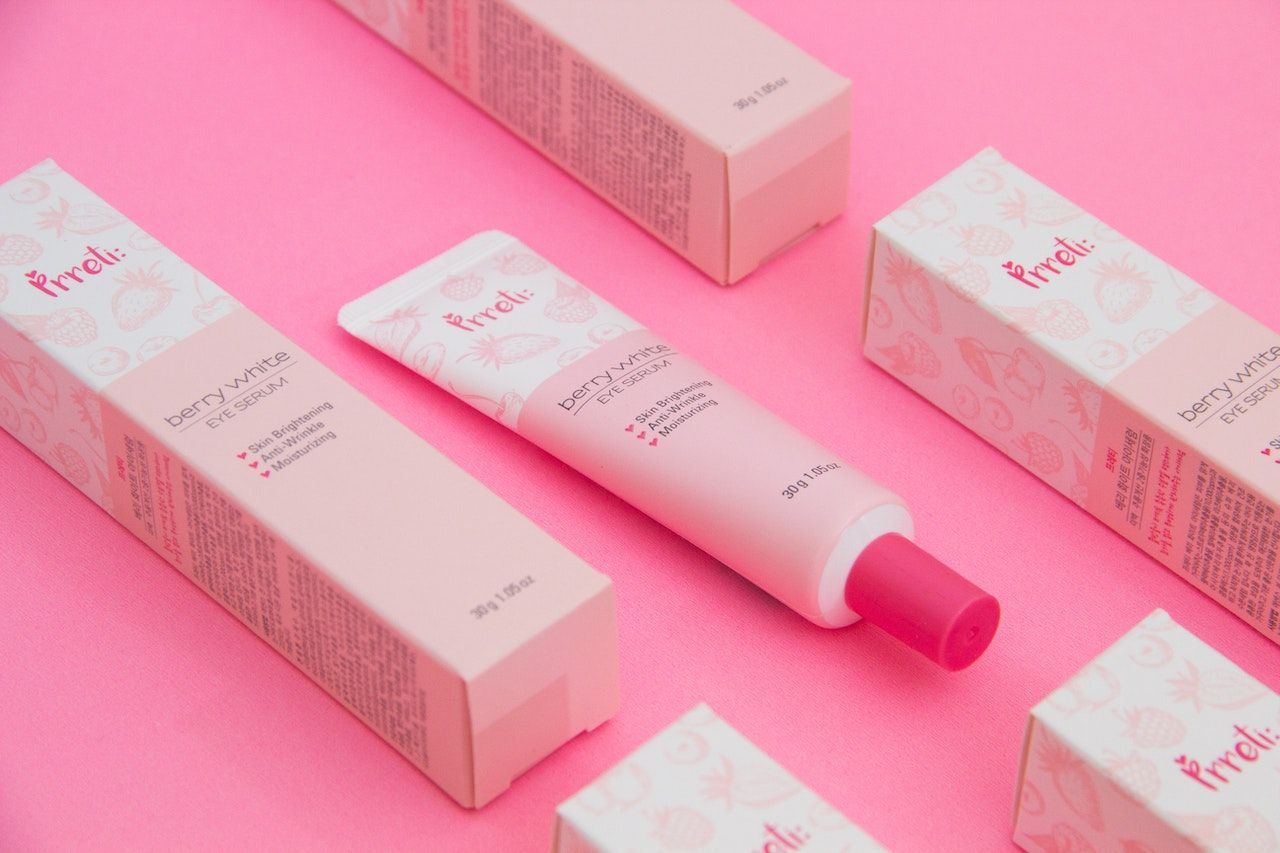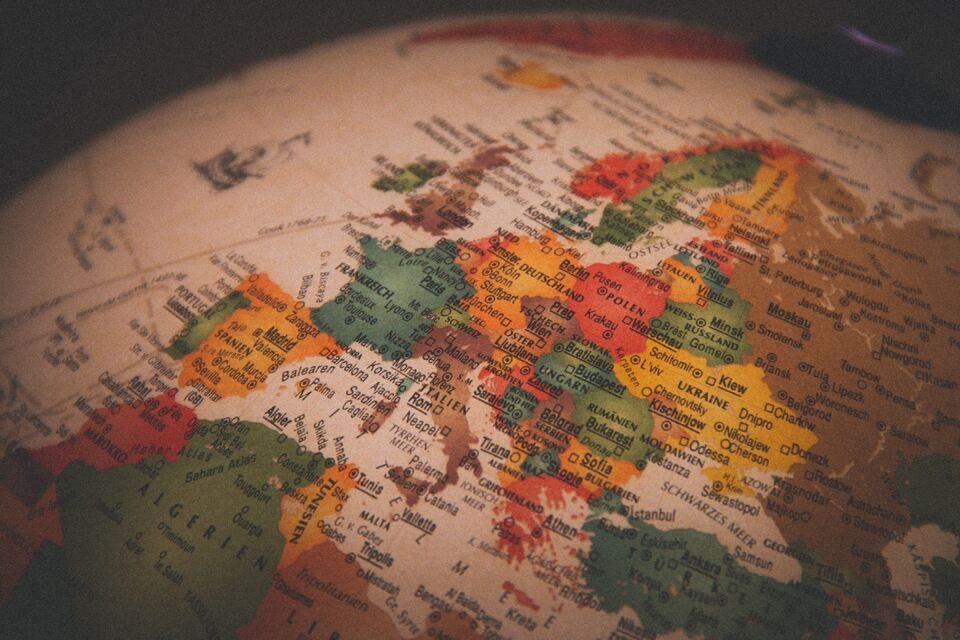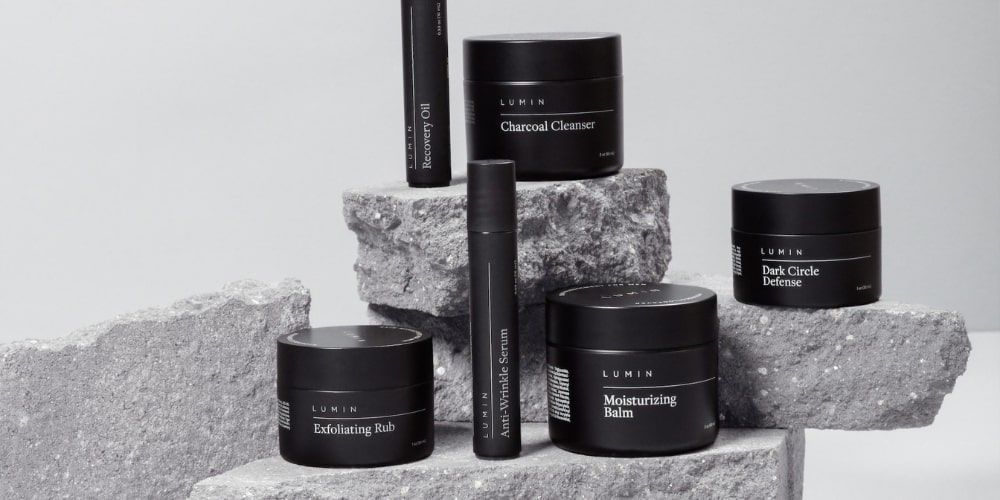They are also an essential framework that govern every aspect of how cosmetic products are packaged, labeled, and sold.
A Broad Range of Rules
The global landscape of cosmetic packaging regulations is a complex tapestry woven with various international standards, regional laws, and industry best practices. From the stringent requirements of the European Union to the evolving regulations in emerging markets like China, these rules are shaped by a multitude of factors including consumer safety, environmental sustainability, and trade considerations.
They dictate everything from the type of information that must be displayed on labels to the materials that can be used in packaging.
The purpose of this post is to unravel the intricacies of cosmetic packaging regulations and provide a comprehensive guide to understanding and navigating this critical aspect of the cosmetic industry.

International Standards for Cosmetic Packaging
The cosmetic industry operates on a global scale, and with this comes the need for standardized regulations that can be universally understood and applied. This is where international standards like ISO 22715 and ISO 22715:2006 come into play.
Introduction to ISO 22715 and ISO 22715:2006
ISO 22715 and its specific version ISO 22715:2006 are standards developed by the International Organization for Standardization (ISO). They provide a comprehensive set of guidelines specifically tailored to the packaging and labeling of cosmetic products.
These standards encompass various aspects of packaging, including the mandatory information that must be displayed, the manner in which this information is presented, and even specific details like the use of symbols, colors, and fonts.
How International Standards Influence Regional Regulations
One of the most significant impacts of these international standards is their influence on regional regulations. Countries and regions often look to these international guidelines when developing or updating their own local regulations.
By aligning with ISO standards, they ensure that their local rules are in harmony with global best practices. This creates a more streamlined regulatory landscape, making it easier for companies to operate across different markets without having to navigate a maze of conflicting regulations.
Moreover, the influence of international standards on regional regulations fosters a level of consistency that benefits both consumers and businesses. Consumers can trust that products meet a universal standard of quality and information disclosure, regardless of where they are purchased.
Meanwhile, businesses can design and package their products in compliance with a recognized international standard, knowing that this will likely satisfy regional regulations as well.

Regulations & Guidelines by Region
The global landscape of cosmetic packaging regulations is diverse and multifaceted, reflecting the unique legal, cultural, and economic contexts of different regions. Here's an overview of the key regulations and guidelines in three major markets: China, Europe, and the United States.
Cosmetic Packaging Regulations in China
China's cosmetic industry is undergoing significant regulatory changes, with new packaging regulations introduced over the past few years. These regulations encompass various aspects of cosmetic packaging, including:
- New Packaging Regulations: These include specific requirements for materials, design, and labeling to ensure consumer safety and environmental sustainability.
- Key Points of Cosmetic Labeling: Labeling regulations have been tightened, with clear guidelines on the information that must be displayed, such as ingredients, manufacturing details, and safety warnings.
- Changes in China's New Cosmetics Regulation (CSAR): The CSAR has introduced substantial changes, including new approval processes, stricter safety assessments, and enhanced post-market supervision.
Cosmetic Packaging Regulations in Europe
The European Union has a comprehensive framework for regulating cosmetic packaging, focusing on both safety and sustainability:
- Regulatory and Safety Assessment of Cosmetic Packaging: The EU emphasizes rigorous safety assessments, ensuring that packaging materials are compatible with the product and do not pose risks to consumers.
- Sustainability Considerations: European regulations also prioritize sustainability, promoting the use of recyclable materials and reducing packaging waste. This aligns with the broader EU commitment to environmental protection and circular economy principles.
Cosmetic Packaging Regulations in the United States
In the United States, the Food and Drug Administration (FDA) oversees the regulation of cosmetic packaging:
- FDA's Guidelines and Regulations for Cosmetics: The FDA provides guidelines on labeling, material selection, and safety assessments, ensuring that products meet specific quality standards.
- Specific Requirements for Labeling and Packaging: U.S. regulations detail the information that must be included on labels, such as ingredients, usage instructions, and warnings. Packaging must also comply with specific safety and environmental standards.
Final Thoughts
Regional regulations and guidelines for cosmetic packaging reflect a complex interplay between consumer protection, industry standards, environmental considerations, and cultural preferences.
Understanding these regulations is essential for cosmetic brands operating in these markets, as compliance is not only a legal obligation but also a reflection of a brand's commitment to quality, safety, and social responsibility.
Whether it's the evolving landscape in China, the sustainability focus in Europe, or the stringent FDA oversight in the United States, these regulations shape the way cosmetic products are presented, marketed, and consumed across the globe.
